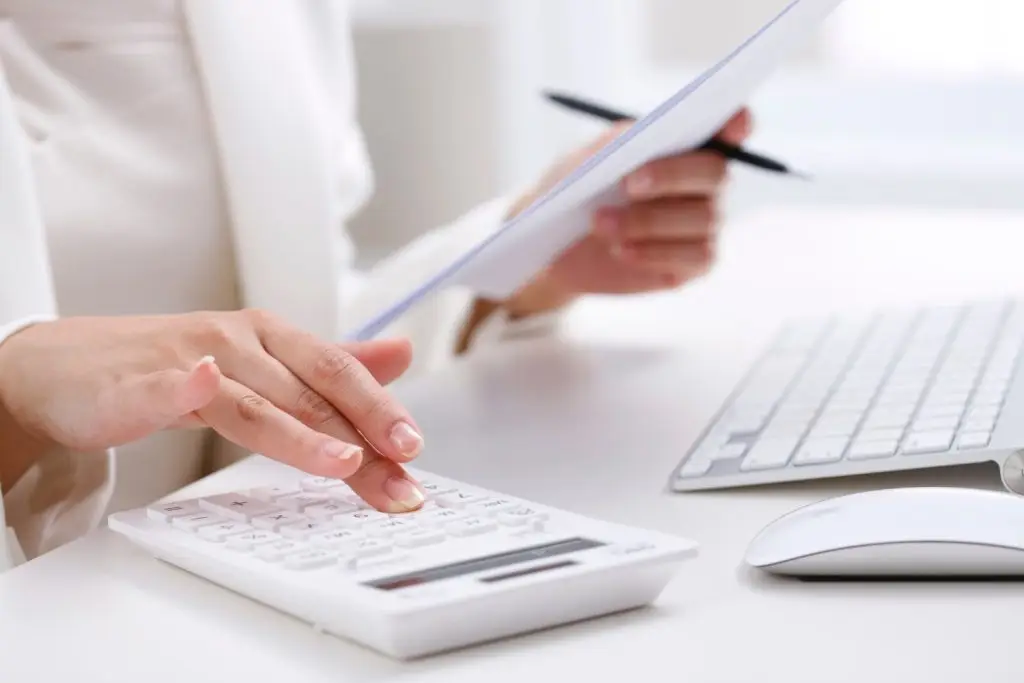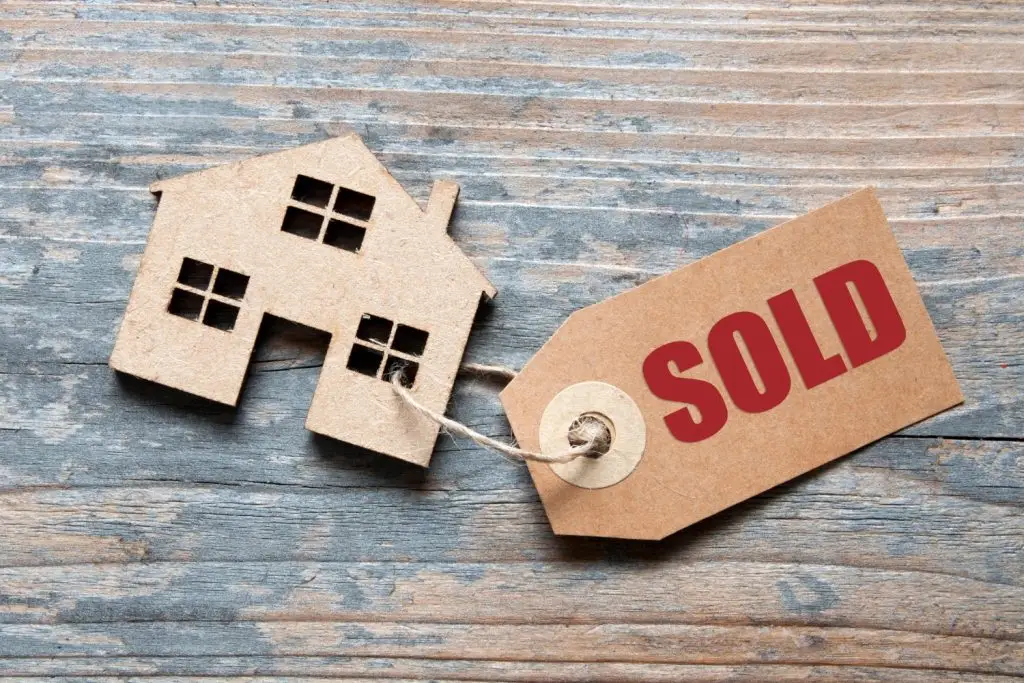Thinking of diving into property investment? Before you get swept up in suburb buzz or slick interiors, it pays to step back and crunch the numbers. Successful investors know that a solid return isn’t about emotion, it’s all about strategy, cash flow, and long-term gains.
One of the first calculations any savvy investor should look at is the rental yield. It gives you a snapshot of how much income a property could bring in versus how much it’ll cost to keep.
What is rental yield?
Rental yield is a key performance indicator for investment properties. It shows how much rental income a property generates each year as a percentage of its value – both before and after expenses are factored in.
There are two types of rental yield to consider:
- Gross yield: rental income without expenses deducted
- Net yield: rental income after subtracting running costs
While gross yield gives a quick overview, net yield is where you’ll see the true earning potential of the property.
Common expenses to include
To get an accurate read on your net rental yield, you’ll need to account for ongoing property costs, such as:
- Council and water rates
- Property management fees
- Insurance (landlord, building and contents)
- Maintenance and repairs
- Depreciation
- Strata fees (including body corporate and any special levies)
Strata levies, in particular, have become more important to factor in, especially with many investors now looking at units and townhouses in strata-managed complexes. These fees can vary widely depending on the size of the complex, the amenities offered, and whether there are upcoming works or improvements on the horizon.
If you’re eyeing a strata property, ask for the latest body corporate reports and sinking fund balance – unexpected special levies can eat into your returns.
How to calculate rental yield
Gross rental yield
Take the annual rental income and divide it by the property’s purchase price, then multiply by 100 to get the percentage.
Example:
Annual rent = $50,000
Property value = $900,000
Gross yield = ($50,000 / $900,000) × 100 = 5.56%
Net rental yield
Subtract the property’s yearly expenses from the annual rental income, then divide by the purchase price and multiply by 100.
Example:
Annual rent = $50,000
Annual expenses = $10,000
Property value = $900,000
Net yield = (($50,000 – $10,000) / $900,000) × 100 = 4.44%
Net yield gives you a much clearer view of what the property is really earning – and helps you compare different opportunities on a level playing field.
What’s considered a good rental yield?
In the current Australian market, a healthy rental yield typically sits between 3–5%, although this depends heavily on location, property type, and market conditions.
Regional properties often offer higher yields but may have slower capital growth, while metro areas might deliver stronger long-term gains with slightly lower yields. Growth corridors with new infrastructure, transport upgrades or lifestyle developments can be ideal sweet spots.
If you’re investing for income, net yield is your best friend. If capital growth is your main play, then you’ll want to balance both yield and appreciation potential.
Ready to make your next investment move with confidence?
Make sure you’ve run the numbers – and don’t forget to factor in those hidden strata costs. A little upfront planning can make all the difference in long-term returns.









Share